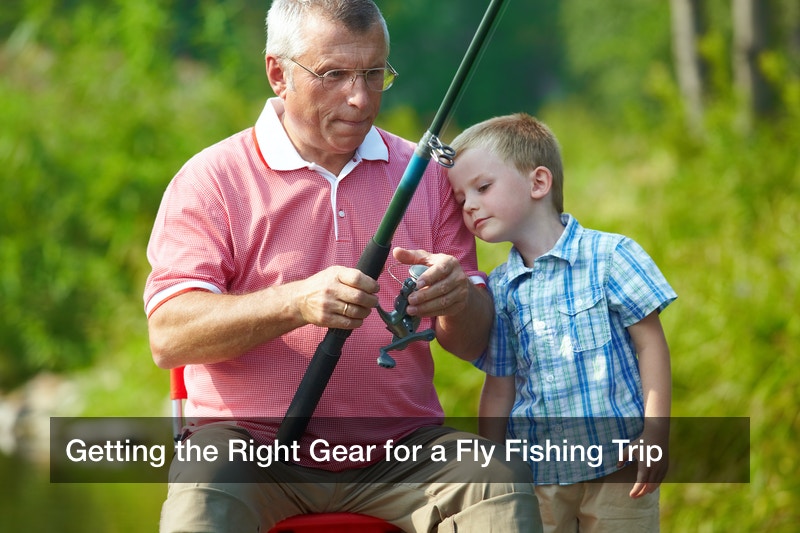
Fishing is a time-honored sport around the world, and for much of human history, anglers would use fishing rods and nets to catch fish in local bodies of water as a food source. Similarly, teams in boats would go across the ocean to go harpooning for seals and whales. Today, commercial fishing boats handle seafood catching, while everyday fishing is a leisure activity. In fact, fishing is still quite popular across the United States, across the generations. In 2017, for example, a total of 51.59 million people went fishing, and among them were 11.6 million youth participants aged six to 17 years old. Also, 60% of fishers in that year were aged 45 or younger, showing that this sport is still appealing to everyone. And there is more than one way to go fishing; aside from “regular” fishing, there is also fly fishing, which requires distinct gear and technique. How can a novice get ready for their first fly fishing trip?
Fly Fishing Gear Bag and More
A novice fly fisher will need to get their hands on all the right stuff, which ranges from a fly fishing outfit to rod reel and the fly fishing rods themselves. It is a good idea for a new angler to visit outdoor hobby retailers in person to do this shopping, so they can consult the staff there and get their questions answered. Staff members can help the customer find the best and most ideal fly fishing items for their price range, and this of course includes fly fishing gear bags. Different models of fly fishing gear bags exist, most of which include carrying straps, zippers, and customizable compartments inside.
What will go in these fly fishing gear bags? A new angler will get fly rod reels and spare line that they can store in the bag, and they can also put in their bait collection. Often, fly fishers make use of small, artificial bait that’s covered in feathers to mimic a real insect, though live bait might also be used, such as crickets.
And besides fishing rods and fly fishing gear bags, the fisher will need the right outfit as well. Why? Instead of standing on a pier or a stream’s bank, the fly fisher stands directly in the water, often knee deep or even waist deep for hours on end. To avoid getting soaked, fly fishers will wear very tall, waterproof boots that keep them warm. Such boots might even be part of an overalls outfit. Finally, a fly fisher should also wear a vest covered in pockets, since they won’t have access to a dry surface where they can store their items conveniently. Inside those pockets may go the fisher’s phone, sunglasses, spare bait or line, and more. Fishers are also encouraged to wear a wide-brimmed hat to protect their neck and face from the sun, and they should also wear sunglasses to shield their eyes from harsh sun glare off the stream’s surface.
A Fly Fishing Trip
A novice fly fisher is encouraged to go on a trip with a more experienced angler, so they can learn and practice the right technique for fly fishing. For one thing, unlike in regular fishing, fly fishing does not use the bait’s weight to draw out the line and deposit it in the desired spot. Fly fishing bait is too light for that, so instead, the fisher will move their rod so they cast the line directly, and doing this correctly will take some practice. But when done right, this allows both the bait and the line to land gently on the water’s surface, so as not to make a disruptive splash and scare off the fish. From there, the fly fisher reel in any fish that bite.
A fly fisher can keep a live capture bucket for any fish that they keep, so long as they follow local wildlife conservation rules about fishing (usually based on the length and number of each fish species caught). Following these rules helps protect local breeding populations of fish. And there is also the option to practice catch and release, where the angler may briefly admire a caught fish, then remove the hook and return the fish to the water.
